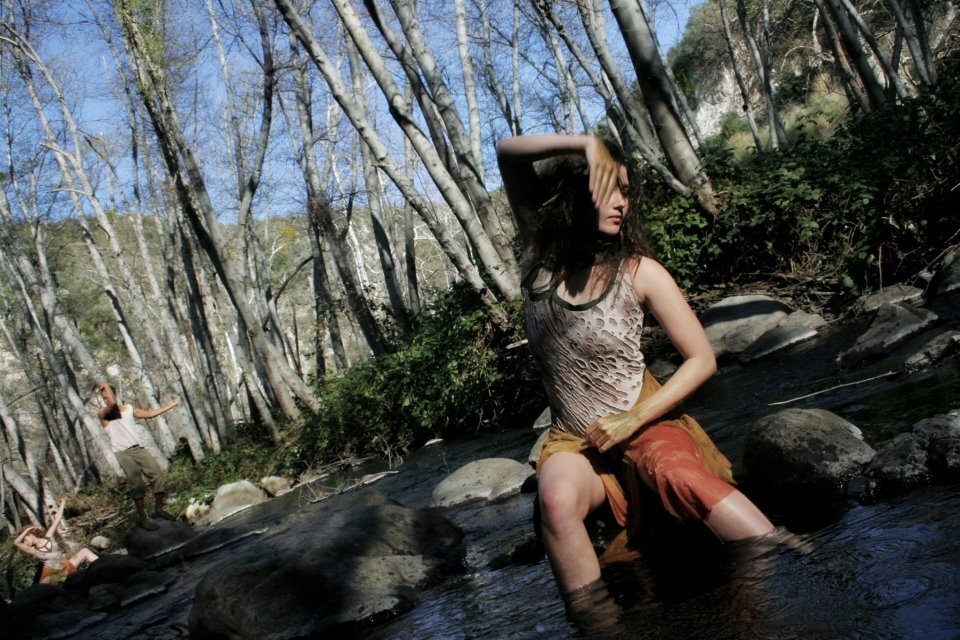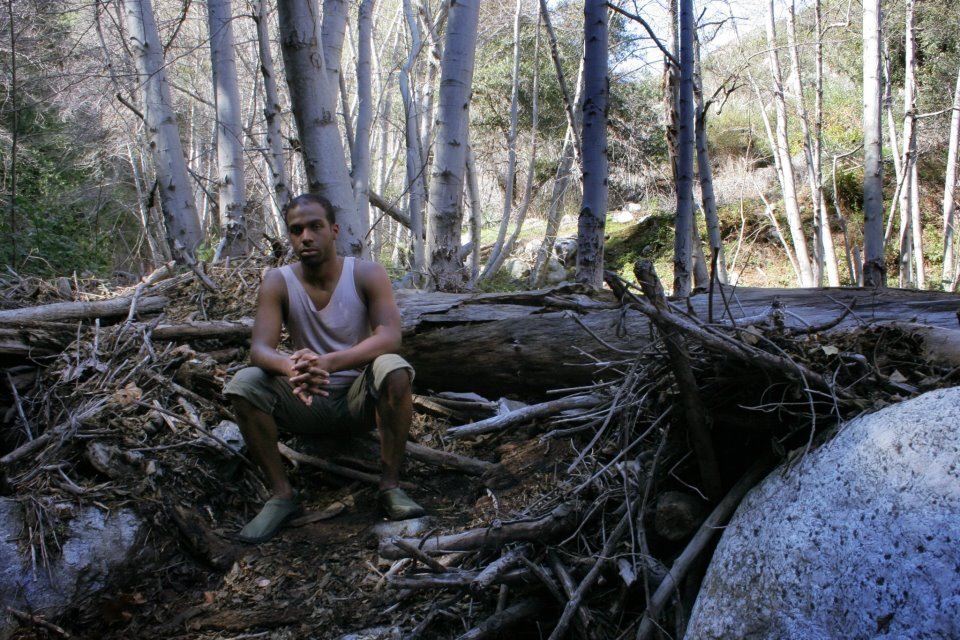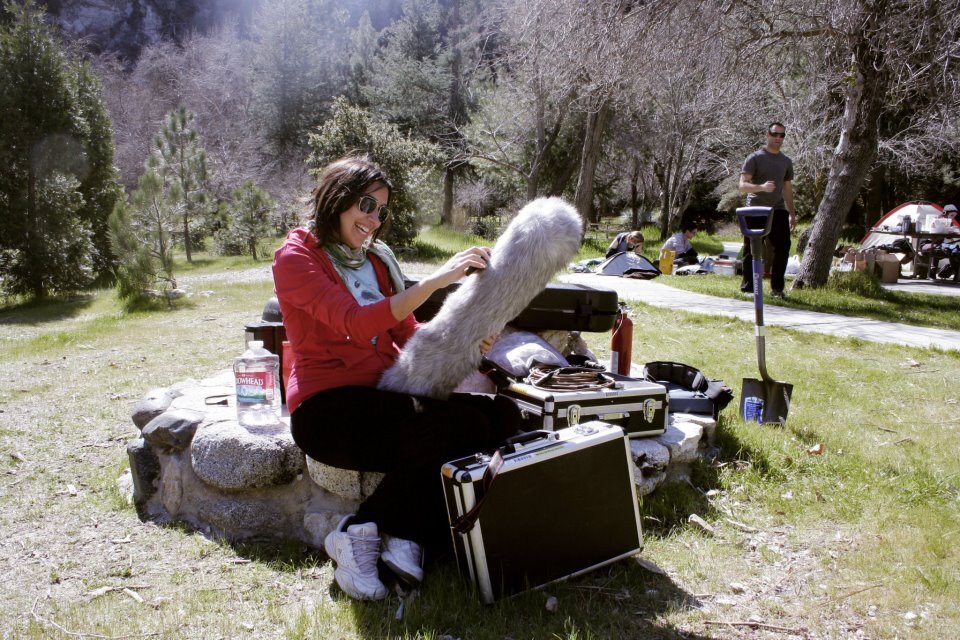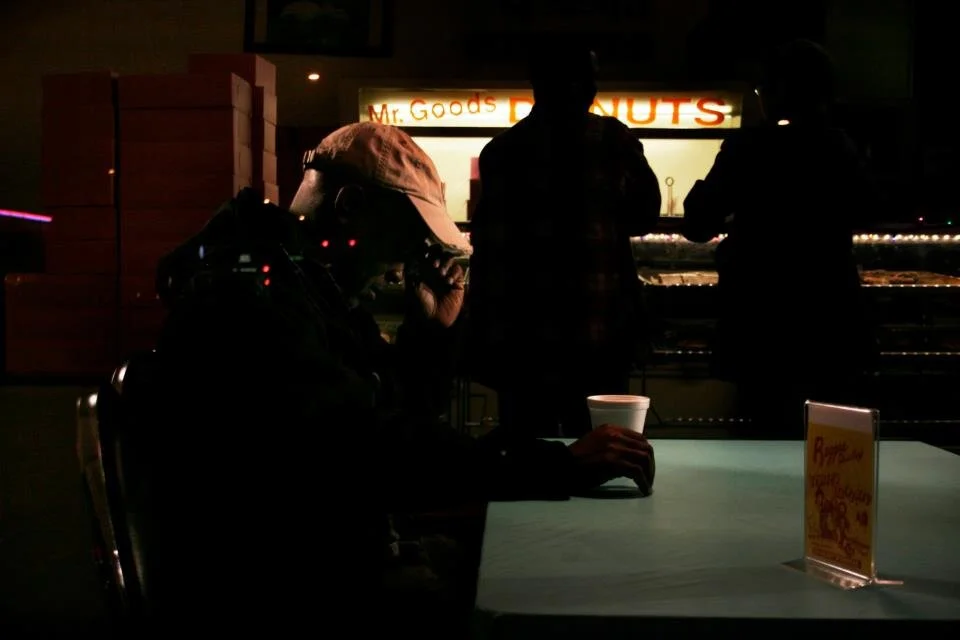The Dust of Summer
The Dust of Summer was my MFA thesis film at CalArts. I worked with a committed team of designers and crew to create a story world. The goal was to evoke nightlife in a 24-hour Los Angeles doughnut shop.
I scoured doughnut shops all over Los Angeles County, from Home Style Donuts and Olympic Donuts in East LA to shops in Hawthorne and Lennox. Mr. Good’s Donuts in Alhambra ultimately said ‘yes’ to us filming. They also allowed us to art direct and reimagine their shop.
Creative Direction / Director / Writer / Producer / Editor: Hanul Bahm
— Set photography by Duncan Cheng
Trailer for The Dust of Summer (c) Hanul Bahm
Designing a story world.
We wanted nighttime to be a character, so we took to lighting and color design. Mr. Good’s Donuts is a daytime shop in real life. Other than overhead fluorescents, lighting was nearly nonexistent. Hang lamps and neon signs were brought in. Display cases were lit. Lighting designer Shelly C. Rodriguez worked closely with Art Director Miriam Jones to create a vintage palette amidst the shadow of night.
Miriam created custom objects: “thank you” drawings from grade schoolers, concert flyers on tables, a wall of pink boxes with order slips, a desktop-published “buy lotto” sign. She covered the patron tables to create a vintage powder blue. We even art directed the food, down to the brand of creamer.
Cinematographer Norbert Shieh and I came up with visual references for color, lighting, and framing. I referenced Aaron Douglas’ paintings, while Norbert channeled the photography of Saul Leiter. This photo of the Flatiron Building by Edward Steichen, capturing fin de siècle New York, served to reference nighttime as a character.
We took a series of film stock tests, comparing color casts between Fuji and Kodak films. We ended up shooting on Fuji for the doughnut shop, given its extra pop and skin tone fidelity, and Kodak for the natural light, outdoor dance sequence. When the work prints from Fotokem came back magenta, I decided to keep it for the final version. Norbert and gaffer Michael Meehan worked naturalistic magic with lighting and shot design.
Costume designers Alex Navarro and Hannah Athena Lawton wardrobed the shop characters based on the script. They were beautifully invested, down to apron choices for Christian, the counter worker and main character. Casting well definitely upped our art direction game. Jazzmun Nicala Crayton, Mai Abe, and Leslie Monroy, real-life friends who play escorts in the film, stunned us all with their wardrobe and styling.






The West Fork
The film transitions from donut shop to bus ride to a choreographed vision sequence, set to Pharoah Sanders’ jazz instrumental “Let Us Go Into the House of the Lord.” We filmed in the West Fork of the San Gabriel River, a landscape of forests, mountains, and rivers. We hoped to integrate dancers and environment toward a visual and spiritual unity.
Working with costume designer Alex Navarro, we drew visual inspiration from birch bark and foliage along the riverbank. Auguste Rodin’s watercolors, featuring dancers and nudes, also informed the costuming. In the film, Christian’s character is getting baptized. So we made his outfit plain and humble.
Hannah Athena Lawton again delivered, styling the dancers’ hair, makeup, and body makeup. In a region like LA, where the impulse toward photo shoot glam and new age iconography is fierce, she and Alex delivered naturalism. This was perfect; it serviced the suspension of disbelief.
As for the landscape, choreographer Jay Jackson and I had scouted the river in summer. I had again scouted in December. We shot in February, when the ice runoff was glacially cold. Hypothermia was a huge concern, as was any onsite injuries. I got the sturdiest, grippiest water shoes I could afford, and Alex clothed them. Dancers articulate with their feet, so it was considered a poor visual choice to hide them. But safety first. I hired an EMT, in case of hypothermia, slips, or snake bites. We had a system in place for treating hypothermia, from hot water thermoses to thick blankets to a campfire pit ready to go.
Due to permit restrictions, we had half a day to rehearse onsite and a different half day to film. Permitting also restricted us from piping in sound. Kerrie Schroeder, Sonya Krimsy, Jose Luis Trujillo, and Christian Gibbs danced gloriously in sync to no music. I am forever grateful: to Jay, to the dancers, shooters Daniel Hui, Jahcobie Cosom, and Thorbjorg Jonsdottir—and my dream team of filmmakers who served as crew.
The Dust of Summer DVD jacket. Design by Hanul Bahm.
As a footnote, I’m sharing the last and first visuals created for this film. The latest is the DVD jacket cover. Its design was updated on January 2020. The cover is a twilight shot of the Los Angeles River, near where Lincoln Heights meets Chinatown. We had pulled an all-nighter, filming in the donut shop the night before. The shot was taken by Norbert Shieh. I had scouted different bridges weeks before. No element was left to chance.
Homestyle Donuts counter on Atlantic Blvd., East Los Angeles, CA
And this not-so-high-res photo, taken from a not-so-smart phone, is from late 2011. It’s from Homestyle Donuts, a real 24-hour doughnut shop in East LA. Pulo was working that night; he let me take research photos. Those photos are still up on Homestyle’s Yelp page. These were the film’s first visuals.
That night, Pulo was wiping counters, operating a deep fryer, and carving bear claws into dough. The soundtrack to his labor was polyrhythmic.
The creamer carton is beautiful, no? Pulo saved these for us during pre-production. We used them in the film.
Film is definitely a journey, sometimes long.

















